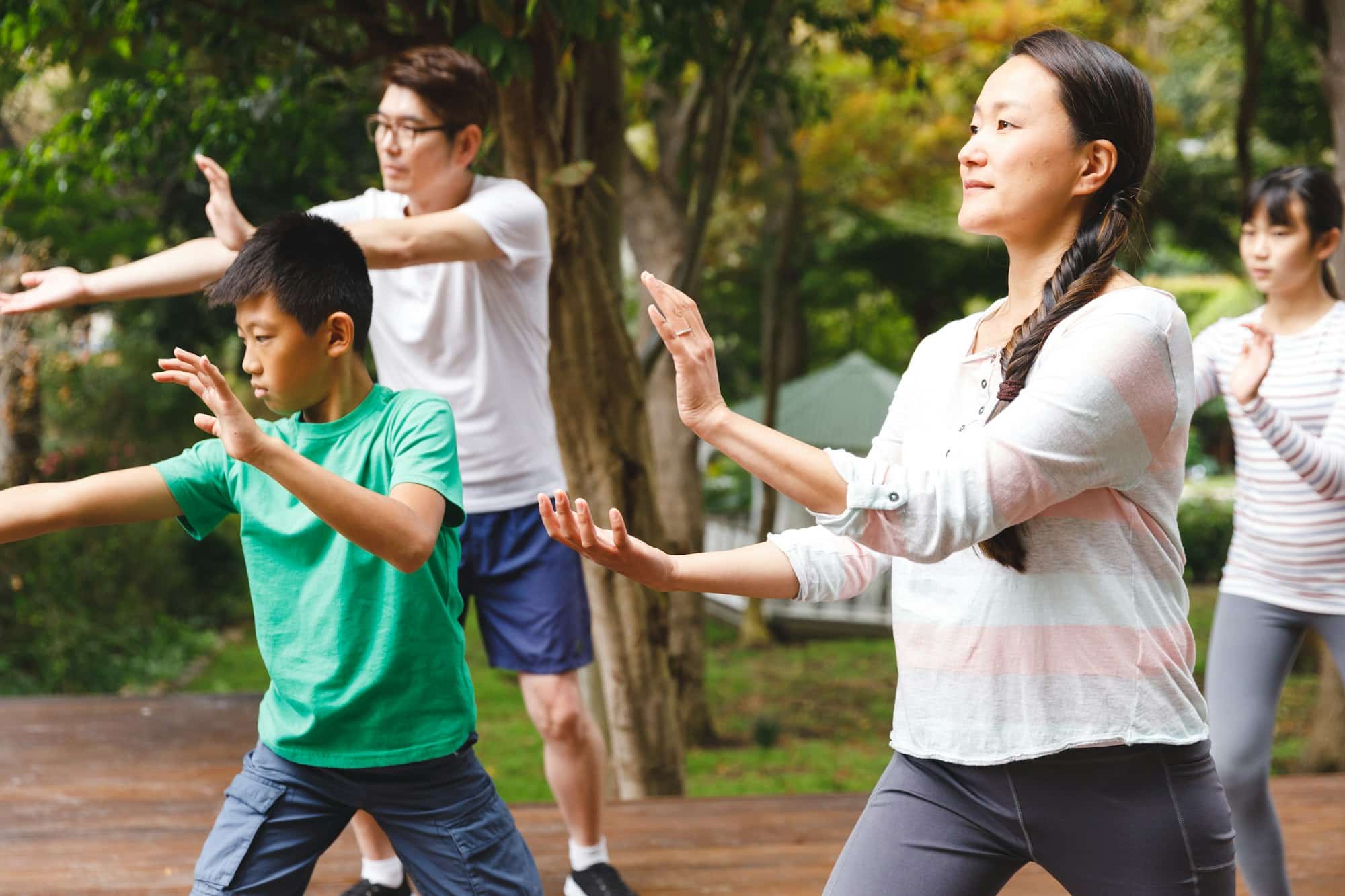Does the Practice of Tai Chi Help in Reducing the Symptoms of Peripheral Neuropathy?

According to recent studies found on Google Scholar and PubMed, the ancient Chinese practice of tai chi might have beneficial effects on peripheral neuropathy. A condition often associated with diabetes and older adults, peripheral neuropathy refers to nerve damage that often results in weakness, numbness, and pain, particularly in your hands and feet.
While peripheral neuropathy can be quite debilitating, recent research has suggested that tai chi, a form of exercise that involves slow, controlled movements and deep breathing, can help control symptoms and improve balance. This article will explore the current literature and present an analysis of these studies.
Avez-vous vu cela : Does the Use of Aromatherapy Enhance Sleep Quality in People with Sleep Apnea?
Tai Chi and its Benefits
Tai chi is a centuries-old Chinese martial art that emphasizes slow, focused movements, controlled breathing, and mental concentration. Primarily used today as a form of exercise and physical training, tai chi has been studied for its potential health benefits, particularly for people with chronic illnesses.
Numerous studies have found that this gentle form of exercise can improve balance, flexibility, and cardiovascular health. More recently, researchers have turned their attention to the potential benefits of tai chi for people with peripheral neuropathy.
Avez-vous vu cela : Is There a Benefit to Customized 3D-Printed Orthotics Over Traditional Insoles for Foot Pain?
The Relationship Between Tai Chi and Peripheral Neuropathy
Observational studies have suggested a positive correlation between the practice of tai chi and a reduction in the symptoms of peripheral neuropathy. The gentle, low-impact movements of tai chi can be particularly beneficial for people experiencing neuropathic pain, as it does not put undue stress on the already damaged nerves.
One study, published on Google Scholar, involved a group of participants with diabetes-related peripheral neuropathy who engaged in tai chi training twice a week for 12 weeks. The researchers found that the participants experienced significant improvements in their balance and reported less neuropathic pain. This finding underscores the potential of tai chi in controlling the symptoms of peripheral neuropathy.
Tai Chi as a Non-pharmacological Intervention
As a non-pharmacological intervention, tai chi offers a safe and natural way to manage peripheral neuropathy symptoms. It is a holistic approach that not only focuses on physical health but also promotes mental well-being, which is critical for people dealing with chronic pain.
The link to mental health is not to be overlooked. Neuropathic pain can have a profound impact on mental health, leading to feelings of frustration, depression, and anxiety. The meditative aspect of tai chi can provide important psychological benefits, helping to reduce stress and anxiety and improve mood.
Evidence-Based Analysis
While anecdotal reports and observational studies are promising, more rigorous, controlled studies are needed to confirm the effectiveness of tai chi in reducing neuropathy symptoms. A systematic review and meta-analysis, published in the Cochrane Database of Systematic Reviews, found that while tai chi could have potential benefits for people with peripheral neuropathy, the evidence is currently insufficient to draw definitive conclusions. The authors called for more well-designed, randomized controlled trials to further investigate this issue.
Tai Chi and Older Adults
Many people who suffer from peripheral neuropathy are older adults. For this demographic, tai chi might be a particularly suitable form of exercise. The slow, gentle movements are easy on the joints, and the focus on balance and coordination can help prevent falls, a common concern for older adults.
A study in the Journal of Aging and Physical Activity found that older adults who participated in tai chi reported less pain and better physical function than those who did not. A similar study in the Archives of Physical Medicine and Rehabilitation found that tai chi improved balance in older adults with peripheral neuropathy.
In conclusion, tai chi offers a promising, non-pharmacological approach to managing peripheral neuropathy symptoms. However, more research is needed to substantiate these claims and determine the optimal frequency and duration of tai chi training for this purpose. Until then, individuals interested in this approach should consult with their healthcare provider to ensure that tai chi is a suitable option for them.
How Tai Chi Improves Quality of Life for Those with Peripheral Neuropathy
Tai chi isn’t just an exercise routine; it’s a practice that enhances both physical and mental well-being. This is particularly valuable for individuals coping with peripheral neuropathy. This chronic condition can greatly impact the quality of life due to persistent pain, limited mobility, and a decline in mental health due to the constant struggle with symptoms.
One of the most significant benefits tai chi has on peripheral neuropathy is its potential to enhance postural control. A study found on PubMed Google Scholar emphasized the need for balance and stability in individuals suffering from this condition. Peripheral neuropathy often leads to a loss of sensation in the feet, which can severely compromise balance and increase the likelihood of falls, particularly in older adults. Tai chi, with its focus on slow, controlled movements, can improve postural control, reducing the risk of falls and potentially enhancing mobility.
The effects of tai chi on glucose control are also noteworthy. Peripheral neuropathy is a common complication of type diabetes, and improved glucose control can help manage this condition. A recent systematic review discovered that long-term tai chi exercise might improve glucose control in individuals with type 2 diabetes, which could further help manage peripheral neuropathy symptoms.
Finally, tai chi can improve muscle strength. A control group study with older persons found on Google Scholar reported that a 12-week tai chi intervention led to improved lower limb muscle strength. This could be beneficial for individuals with peripheral neuropathy, where muscle weakness often occurs due to nerve damage.
Concluding Thoughts on Tai Chi for Peripheral Neuropathy
Based on recent studies, tai chi appears to offer potential benefits for people struggling with peripheral neuropathy. The slow, controlled movements of this ancient Chinese practice can improve balance, enhance muscle strength, and provide a sense of calm, which can greatly improve the quality of life for individuals coping with this chronic condition.
The potential benefits of tai chi extend beyond the physical. The meditative aspect of this practice can help manage the psychological toll of living with peripheral neuropathy, reducing stress, and promoting mental well-being.
However, it is crucial to remember that the current evidence, while promising, is not yet definitive. We need more randomized controlled trials to fully understand the effects of tai chi on peripheral neuropathy and to identify the best practices for integrating this exercise into a comprehensive treatment plan.
For those considering tai chi, it is essential to consult with a healthcare provider or a physical therapy specialist. They can provide guidance on whether this form of exercise is suitable and advise on how to start safely.
While we wait for more research, it is clear that tai chi, with its focus on holistic well-being and its potential benefits for peripheral neuropathy symptoms, offers a ray of hope for improving the quality of life for those suffering from this chronic condition.
